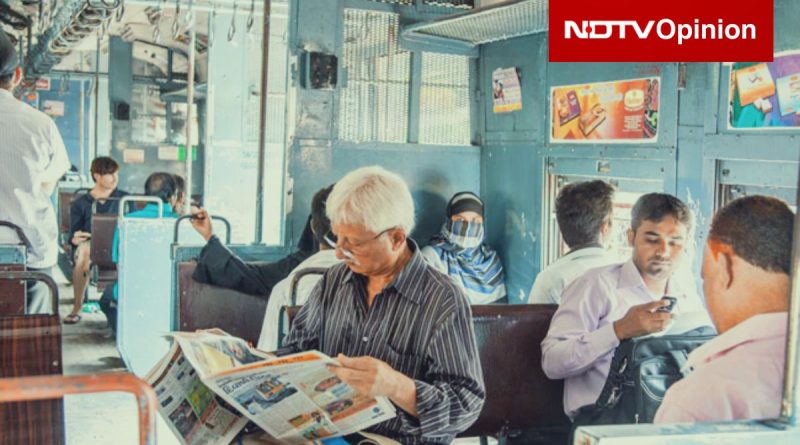The Tax-Squeezed Middle Class: What to Expect from Modi 3.0’s First Budget
Union Finance Minister Nirmala Sitharaman is set to present the first budget of Modi 3.0 on July 23. There has been much discussion about whether this budget will introduce any significant changes, particularly concerning tax relief and reforms to simplify the taxation process. The middle class, in particular, has high expectations.
The Importance of the Middle Class
India’s middle class constitutes around 31% of the population, and this percentage is growing. Historically, the majority of this demographic has supported the Bharatiya Janata Party (BJP). In the 2004 elections, when middle-class voter turnout dropped by 18%, the Atal Bihari Vajpayee government faced an unexpected defeat. In the recent general election, up to 35% of the middle class backed the BJP-led National Democratic Alliance (NDA), a 3% drop from 2019, while the Congress party saw a 2% increase in support from this group.
Tax Contributions
The middle class contributes significantly to India’s tax revenue. With a collection of Rs. 10 lakh crore, they make up the majority of individual income tax collections. Only about 3% of the population pays taxes, primarily from the middle class, bearing the brunt of the tax burden. Personal income tax collections now surpass corporate tax collections, making the middle class a crucial financial pillar for government expenditure on infrastructure and welfare programs. This reliance on the middle class is unsustainable for a middle-income country like India, with a per capita income of around $2,500.
Long Overdue Relief
In the financial year 2010-11, corporate tax collections were double that of personal income tax. By FY2022-23, the two were almost equal, with personal income tax collections now budgeted to be higher than corporate taxes. Despite this, the corporate sector received a significant tax cut in FY 2019-20, reducing the tax rate from 30% to 22%, while personal income tax rates have seen no major changes since 2012-13. Deductions have remained stagnant and not adjusted for inflation. The new tax regime introduced in FY 2020-21 offered higher slabs but no new deductions.
The Middle-Class Strain
India’s middle class lacks social security unless employed by the government. Education and healthcare services are not free, and state-run institutions often lack quality. This has left the middle class feeling overburdened, questioning the returns on the hefty taxes they pay. Corruption and freebie politics have exacerbated these concerns.
Comparison with Other Countries
India’s tax structure differs from other nations. For instance, in Singapore, there is no TDS (Tax Deducted at Source) on salary income, and taxpayers have a year to pay taxes. The first 20,000 SGD (approximately Rs. 12.4 lakh) is exempt from taxation. In China, the highest tax bracket of 30% applies to incomes over 420,000 CNY (more than Rs. 48 lakh). In Russia, all income is taxed at 13%, less than half of India’s top rate. In the U.S., income between Rs. 10 lakh and Rs. 39 lakh is taxed at just 12% for a single filer.
India’s highest tax bracket of 30% applies to incomes above Rs. 15 lakh in the new tax regime and above Rs. 10 lakh in the old tax regime. Meanwhile, corporate income is taxed at just 22%, after deducting expenses. Individuals, however, are taxed on their gross income without deductions for expenses under the new tax regime.
Boosting Consumption
With consumption lagging, it’s crucial to encourage the middle class to spend. The middle class is also a significant contributor to India’s GST collection, given their consumption of goods and services.
What to Expect
The NDA government must address the middle class’s needs, especially with four states heading to the polls later this year. This demographic expects substantial relief, not just cosmetic changes. It remains to be seen how Finance Minister Sitharaman will balance these expectations with the tight fiscal situation.

